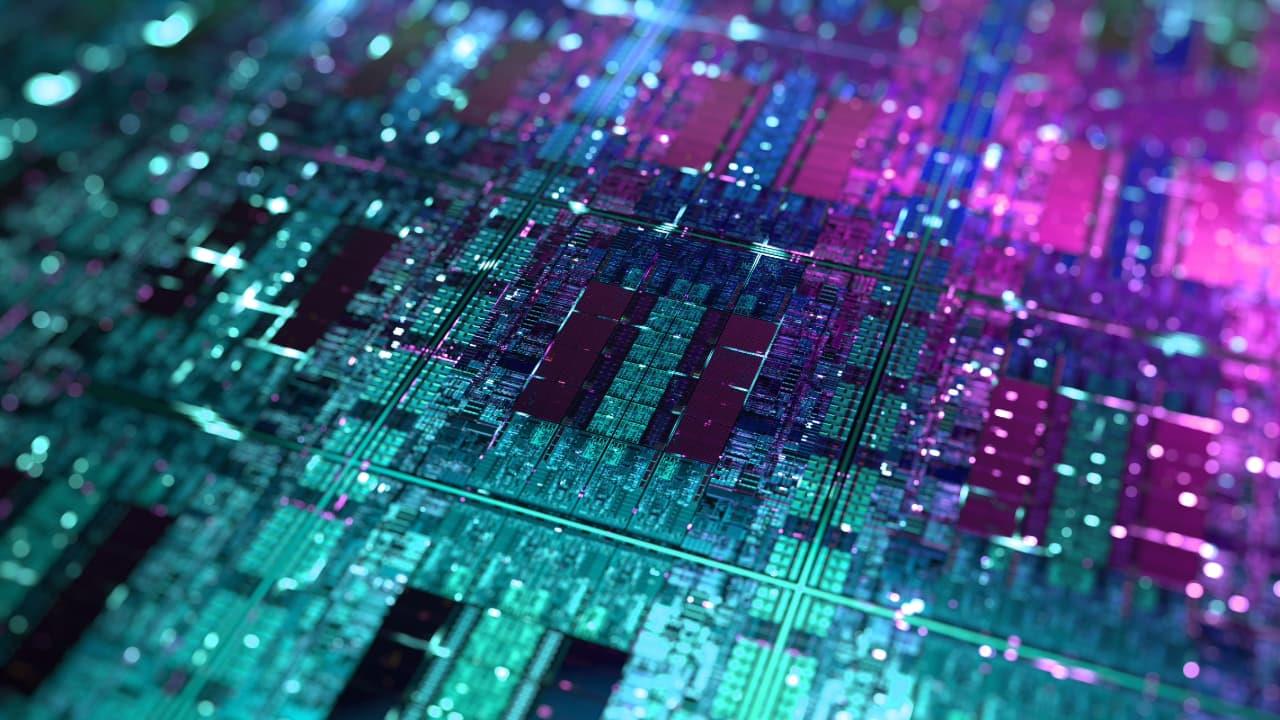New Nano Switch Could Revolutionize Electronics By Cutting Heat And Saving Power
When we use electronic devices like smartphones, laptops or even televisions, a lot of energy is wasted in the form of heat. That's why these gadgets often warm up after just a little use. But a new discovery by scientists at the University of Michigan could help solve the problem and even take electronics in an exciting new direction. The study was published in ACS Publications.
All electronic devices work by moving tiny particles called electrons through circuits. These electrons carry electrical energy, which powers the device. But as electrons move, they bump into atoms in the material, losing which powers the device. This lost energy turns into heat.
This is why devices get warm and why we constantly need to find ways to cool them. It also means we use more power than we actually need.
The Breakthrough: Using Excitons Instead of Electrons
For years, scientists have dreamed of building electronics that don't rely entirely on electrons. Now, a research team has found a way to make this happen using something called excitons. Think of an exciton as a tiny energy packet. It's made up of an electron and a hole, the spot where an electron is missing, that are bound together. Even though they're not charged like electrons, they can still carry energy.
Because excitons don't carry electric charge, they don't create as much heat as electrons do. This means devices based on excitons could be much cooler and more energy-efficient. However, until now, excitons have been difficult to control, especially at room temperature, making them impractical for real-world use.
The New Nano Switch: Small Design, Big Impact
The researchers developed a new type of nanoengineered switch using a material called tungsten diselenide (WSe2), which can hold excitons stable at room temperature, a major challenge in the past. A new kind of device called a nanoengineered optoexcitonics (NEO) switch that reduces energy loss by 66% compared to traditional electronic switches, all while matching or even beating current switch performance levels.
How It Works
The secret to the NEO switch's success lies in how it guides and controls excitons using both material structure and light:
. The tapered nanoridge creates a kind of built-in path that“steers” excitons in one direction, like a tunnel or chute.
. The structure also interacts with different types of excitons, using light-based forces to pull excitons along the path much more efficiently, up to four times better than other methods.
. Most importantly, the switch can stop and start the flow of excitons by creating an energy“barrier.” This acts like an on/off switch for the signal, essential for all digital electronics.
Why It Matters
This new technology shows that it's possible to build cooler, more energy-efficient electronics using excitons, even in normal room conditions, not just inside expensive, cooled labs. It also represents a step forward in merging electronics with photonics, opening the door for faster, smarter, and more sustainable devices in the future.
It other words, we may be looking at the beginning of a new generation of tech that uses light and energy particles, instead of relying purely on traditional electronic currents. It may also help in reducing the carbon footprint of data centres, smart devices, and high-performance machines.
Legal Disclaimer:
MENAFN provides the
information “as is” without warranty of any kind. We do not accept
any responsibility or liability for the accuracy, content, images,
videos, licenses, completeness, legality, or reliability of the information
contained in this article. If you have any complaints or copyright
issues related to this article, kindly contact the provider above.
Most popular stories
Market Research

- What Does The Europe Cryptocurrency Market Report Reveal For 2025?
- United States Kosher Food Market Long-Term Growth & Forecast Outlook 20252033
- Utila Triples Valuation In Six Months As Stablecoin Infrastructure Demand Triggers $22M Extension Round
- Meme Coin Little Pepe Raises Above $24M In Presale With Over 39,000 Holders
- FBS Analysis Highlights How Political Shifts Are Redefining The Next Altcoin Rally
- 1Inch Becomes First Swap Provider Relaunched On OKX Wallet






















Comments
No comment